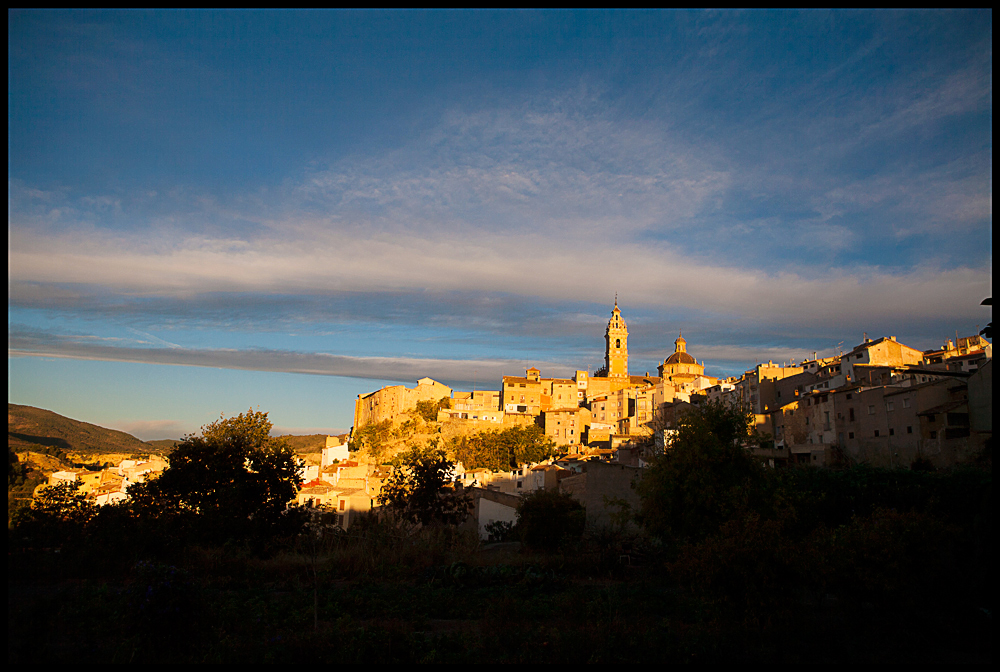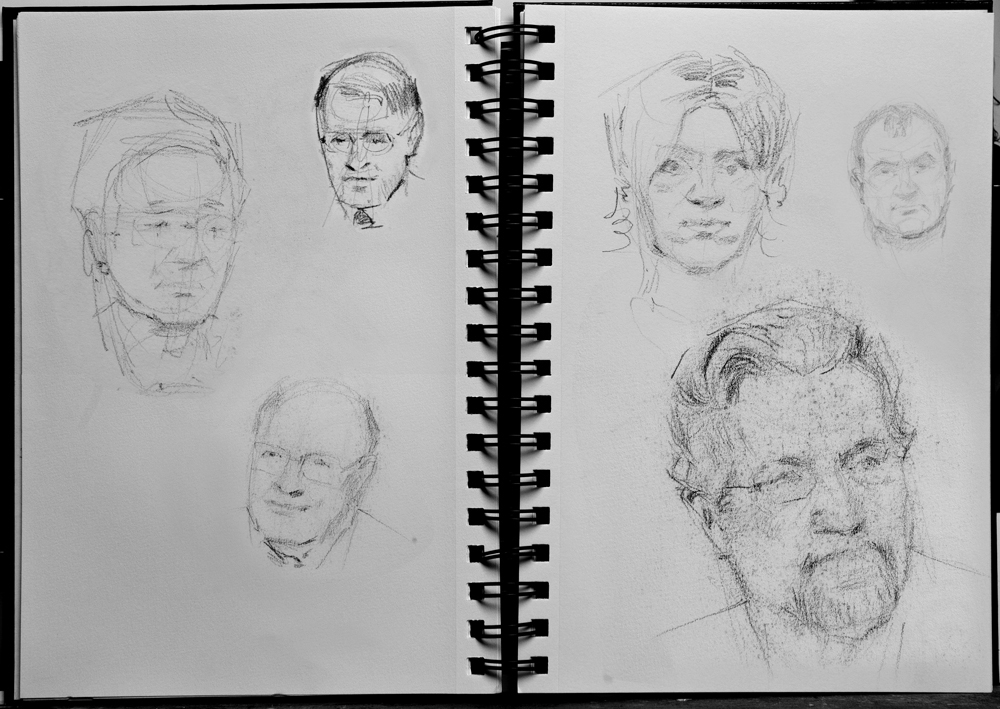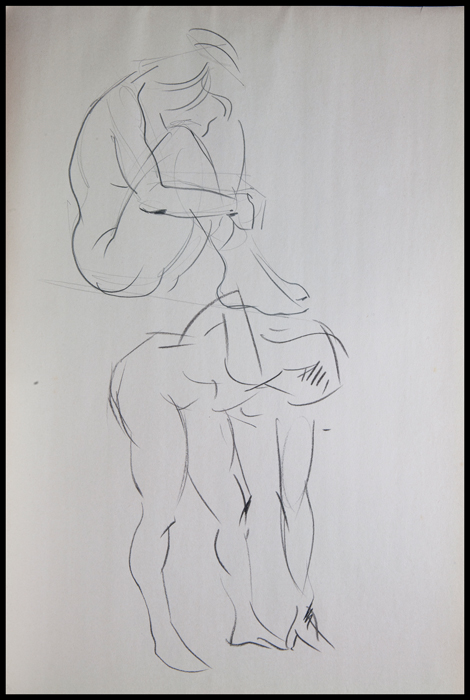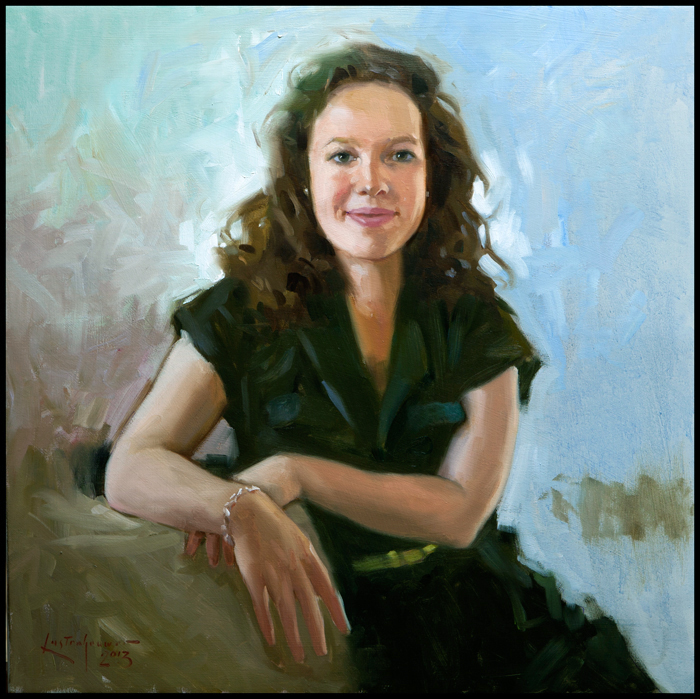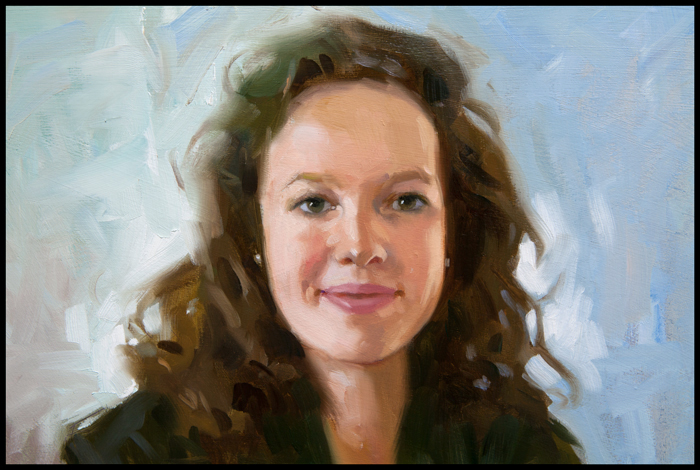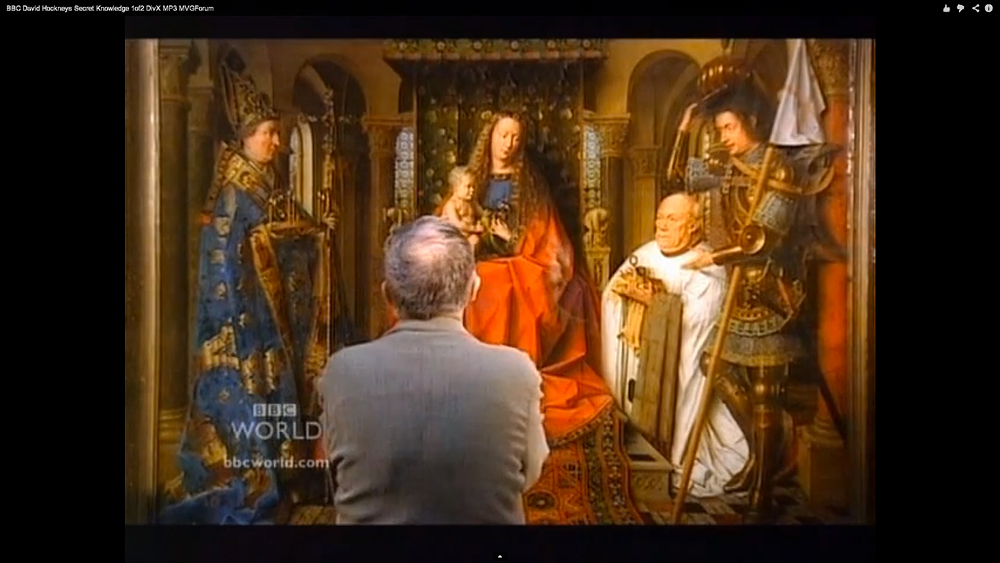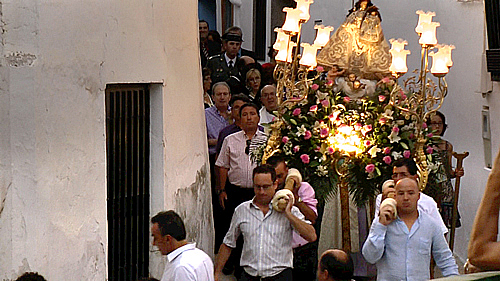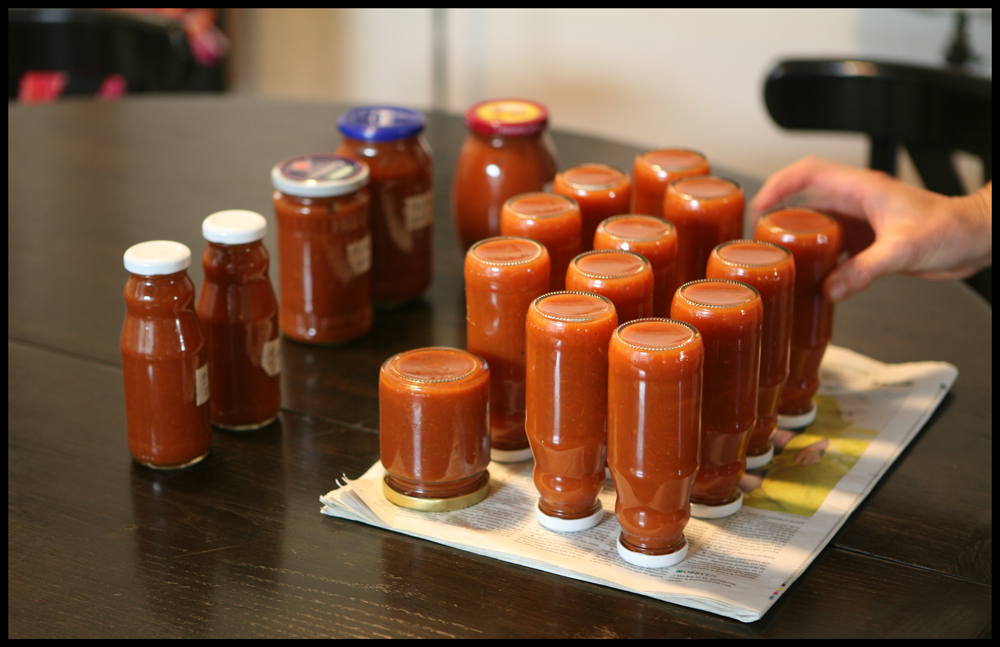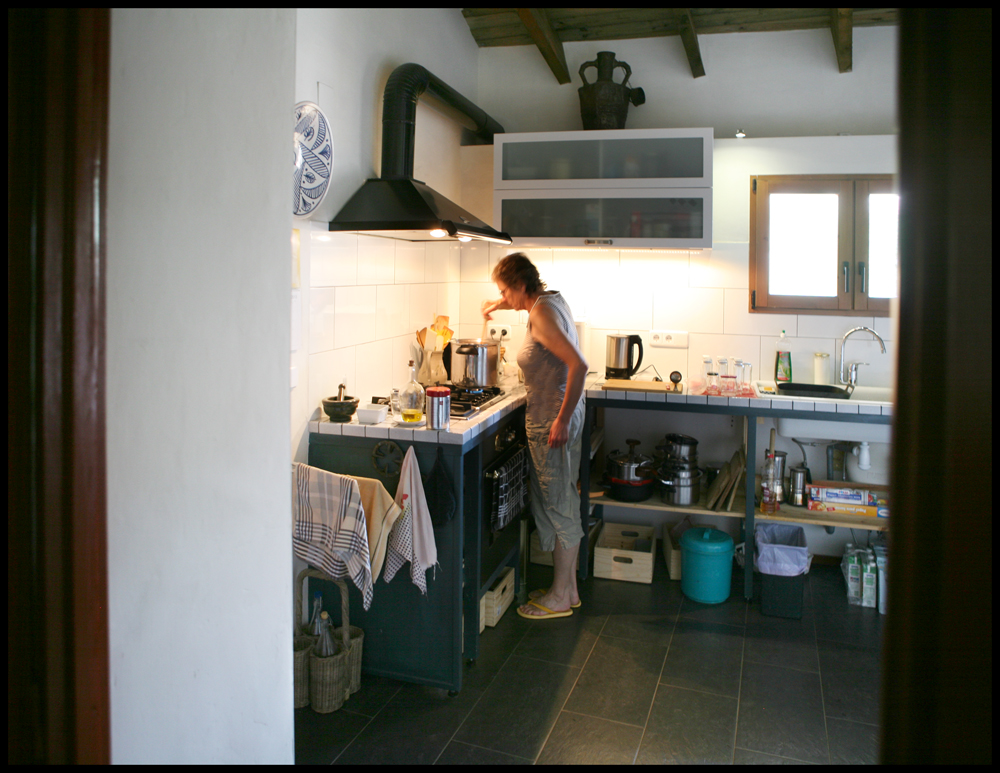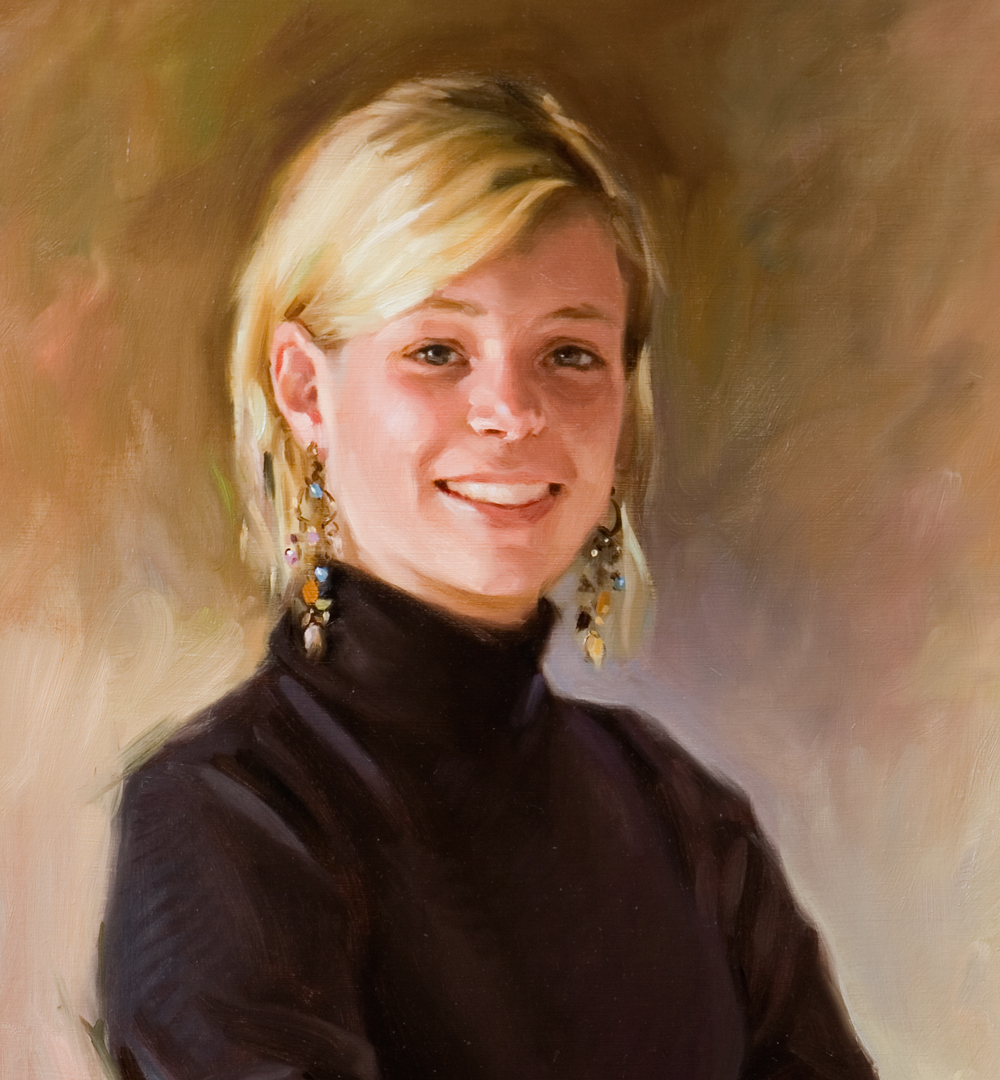
May a portrait show a smile? The debate on this issue almost always gets bogged down in heated discussions with presumptuous, compelling arguments. Some pretend that a smile will eventually get bored and a timeless expression is preferred. Toothy smiles often appear static and smiles distort facial features, e. g. making the eyes smaller. Almost never you hear this, not insignificant, argument: Showing a smile betrays the use of photography. And many portraitists do not like to admit this. It may be clear, I find that it’s all nonsense. First, there is no argument against the use of photography and secondly a smiling portrait is not necessarily annoying. OK, one can have a clear preference that is fine. But let me say this again: Don´t make it a doctrine. The challenge is to make a good portrait, full of character. A painted portrait shall, reliably, report of the sitter and sometimes a smile is a part of the emotion displayed.
I notice that many beginning artists have trouble painting teeth properly. A word of advice: Never make individual teeth, paint a curved surface that turns away into the corners of the mouth.


